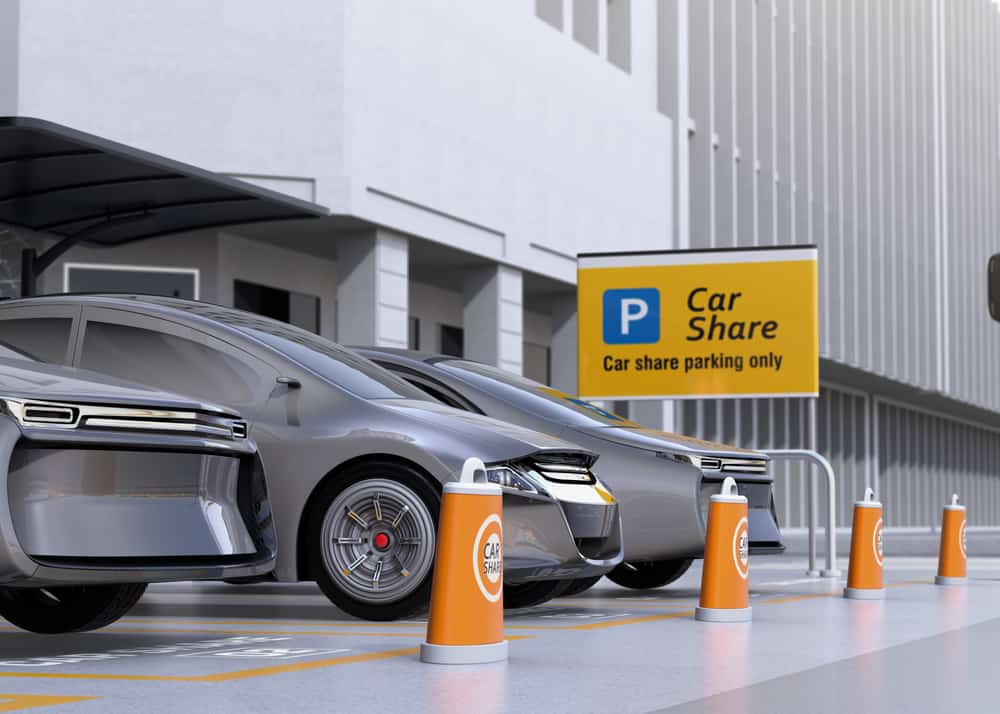I remember my first car, a 1969 Chevelle Malibu. It was blue with a black hardtop, three-speed on the column with vinyl bench seats – and a lot of problems under the hood. But I loved my “Blue Goose.” It was my first big purchase, my first “payment plan” to the Bank of Father, and my shout-out to the world that I was an adult.

No matter how many years or vehicles have passed since that first purchase, car buying remains a major decision. Once you have decided what type of car or truck will fit your personal needs, the question of buying new or used is confusing. And what about leasing a new car? The right answer is unique to the purchaser – there are pros and cons to new, used and lease options.
New or Used?
You might think that buying a used vehicle is cheaper than a new one – but that may not be true. Some automotive dealers offer seasonal or model clearance deals that are financed at a lower interest rate than their used counterparts, which can save buyers money in the total payout. Edmunds recently did a study comparing the costs of new and used vehicles. In some cases, the new car purchase was the better deal, as well as including a warranty and that new-car smell.
But if you are on a strict budget where monthly payments are the bottom line, a used car could fit your needs. You may also be able to buy a slightly used car with a few extra bells and whistles for less than the price of a no-frills new one. Recent certified pre-owned programs can offer a little peace of mind, and some used cars are still covered under the original factory warranty. Research the extras as well as any guarantees or paperwork – not all warranties are transferable. Always insist on the right to have a vehicle inspected by a licensed mechanic of your choice before signing on any dotted lines. The cost of repairs could add dollars to the total cost.
Consider additional costs – taxes, licensing and insurance costs, for instance. Call your insurance company and ask for a quote on both new and used models. Find out requirements for a down payment – are you paying more up front for that used car in order to bring the payments within your budget?
Lease is Sometimes More
If you like driving a new car for a few years before trading it in for the next best thing, then leasing might be the answer for you. Monthly payments on a three-year lease are usually cheaper, and often there is no down payment required. Most leased vehicles are still under warranty, and in some cases a lease can be easier to obtain than a loan on a new vehicle.
The downside? The car is not yours to sell or trade. Insurance costs might be higher due to a clause that would pay off the vehicle’s lease contract if the car is destroyed. You might be charged at the end of the lease term for added mileage and repairs – which could be significant. And if you want to turn in the car before the term is up – plan on paying additional fees.
Although many dealers or experts use the term “equity” to describe your initial down payment and monthly fees for buying a car, I would humbly disagree with that term, as it implies a car is an investment. A car is a tool. It depreciates in value as do computers and furniture. In the end, you will probably not turn a profit on the sale of your vehicle.
Share the Road
Car sharing is an alternative to traditional car rental and car ownership. Zipcar is the world’s largest car-sharing membership service. Unlike traditional car rental or ownership, car sharing usually includes gasoline, auto insurance, 24/7 roadside service and up to 180 free trip miles per day. To participate in car sharing, you must meet certain eligibility requirements. The requirements include a minimum age of 21 (18 if you are a student), a valid driver’s license, and no recent moving, alcohol or drug-related violations, or auto accidents.
If you drive less than 7,500 miles a year and you don’t need a car for work every day, then car sharing can save you thousands of dollars a year. If you don’t drive enough to justify the expensive of car ownership, then kicking the car habit through car sharing is a great way to keep significant cash in your pocket. However, most car sharing memberships are based in larger cities such as Baltimore, Maryland, so this option may not work for you if you live in a smaller city or rural area.
The “Blue Goose” met its demise long ago. I bought a new truck after considering my own lifestyle, needs and budget. It’s still going strong after 6 years of driving. Whether you finance a new or used car or decide to lease your next vehicle, your choice is right for you.
Feature image by Alex Iby, unsplash.
If you liked this post, you may also like:
How to painlessly buy your first car
Free downloads for smarter driving
